How a long-distance walk helps shake off sadness and anxiety
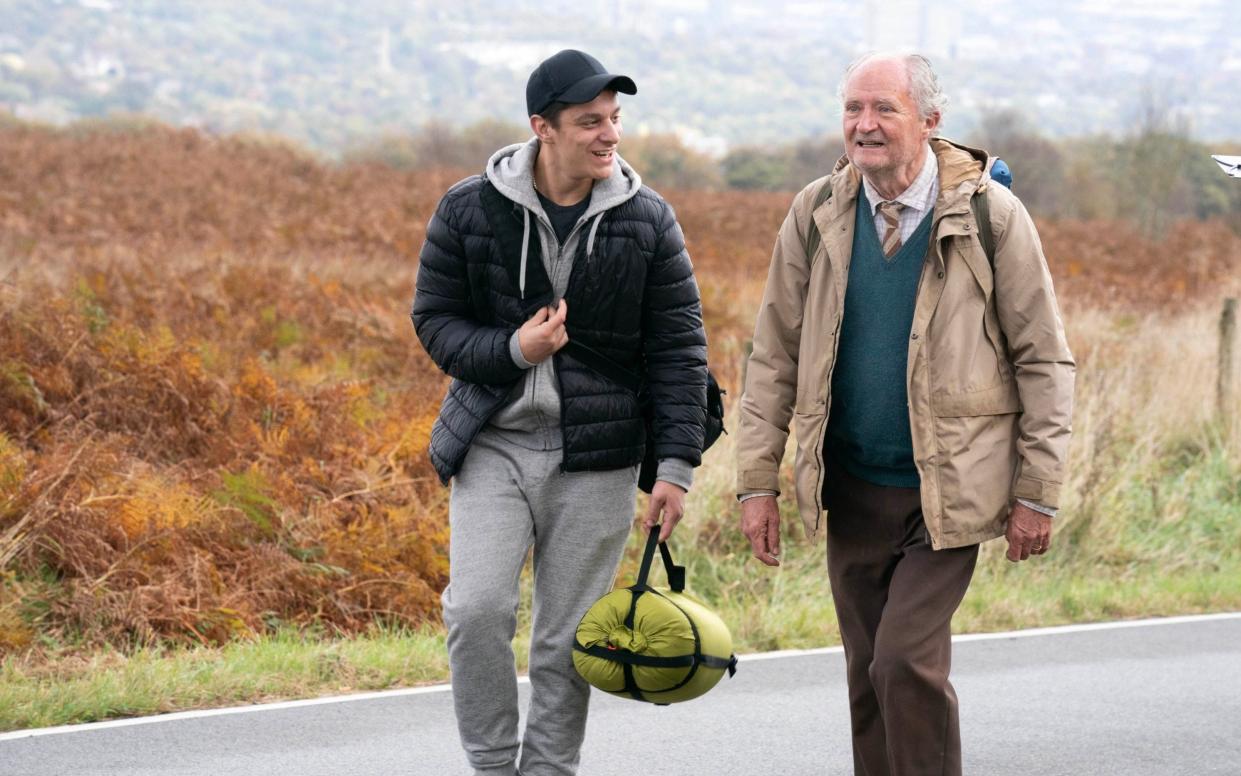
There’s no such thing as bad weather – only the wrong clothes. At least, so said…well, it depends who you ask. Might have been Alfred Wainwright. Or Billy Connolly. Or an anonymous Norwegian. The point is this: it’s rubbish. Some weather is just too awful for any technical, breathable, high-hydrostatic-head garments to repel.
I learned that painful lesson nearly three decades ago on an exposed mountainside high in the Austrian Tirol. My father, brother and I were tackling the Stubai Höhenweg, a 50-mile hiking circuit south of Innsbruck – my first multi-day walk. As we set out from Starkenburger Hut on stage 1, the sun bid us a smirking farewell. It was rapidly usurped by sheeting rain, then the kind of wet snow that clumps rather than drifts. Gore-texed to within an inch of my nose, still the pervading chill dampness seeped in.
We tramped in silence, bar the squeak of rubber sole on snow, enveloped in a dismal pallor. On day three, though, the clouds lifted. Metaphorically, I mean: it continued to hell down the rest of the week, and I would catch only the briefest glimpse of Alpine peaks. Yet the fug muffling my brain cleared to be replaced by questions, doubts and fears – but also hopes. For months I had been fumbling for direction in my career and life, while a four-year relationship fizzled out miserably. But over seven long, laconic, leg-testing days I found clarity and optimism. The hiking was fabulous, too, despite the dreich conditions. Returning home, I bagged my first job in publishing, moved to London, and began life afresh.

The protagonist of The Unlikely Pilgrimage of Harold Fry, the new film based on a bestselling novel by Rachel Joyce, also experiences a kind of awakening on his pedestrian odyssey. Receiving an unexpected letter from a former colleague with whom he lost touch 20 years earlier, Harold leaves his home in south Devon – and his coldly disappointed wife – to walk to Berwick-upon-Tweed. Over the course of his 627-mile journey, he’s joined by a rag-tag bunch of self-proclaimed ‘pilgrims’ and, more pertinently, by memories. Like Scrooge’s Christmassy spirits, the ghosts of loss, regret and self-examination go to work on his soul. And they’re just three active ingredients of long-distance walking’s healing balm.
That’s no new-age psychobabble. Studies show that most people could benefit from extended walking. After all, we’re designed to do it.
"Humans readily adapt to the demands of long-distance walking with relative ease,” explains Shane O’Mara, Professor of Experimental Brain Research at Trinity College Dublin and author of In Praise of Walking: The New Science of How We Walk and Why It’s Good for Us (Bodley Head, 2019). “We are built to walk long-ish distances from early in life to very late in life. Studies of people living non-mechanised lifestyles certainly demonstrate this.” Researchers at the University of Southern Denmark revealed in a 2021 scientific paper their finding that: “long-distance walking had a favourable effect on body awareness, fear, anxiety, and mood.”
Many years after that soggy Stubai trek, long-distance walking is an intrinsic part of my identity; it’s also how I process stress, anxiety and sadness. Just last September, I was three days into a 150-mile hike in southern France when I received word that my father had died. Since then, lengthy tramps have helped reconfigure my sadness, rather as I’d redistribute the contents of a backpack before a trek, to shoulder the weight of grief.

Of course, we don’t lace up our boots for alfresco therapy. Certainly, Harold doesn’t – he wears yachting shoes, initially setting out only for the nearest postbox. Nor is his journey particularly scenic – quite the opposite: he wilfully follows roads rather than footpaths that might lead into wild, spectacular landscapes. But the sheer length of his route provides him with the vital element: time.
“Now that he was back on the open land, he was once again between places, and pictures ran freely through his mind,” the book recounts. “In walking, he unleashed the past that he had spent twenty years seeking to avoid, and now it clattered and played through his head with a wild energy that was its own. He no longer saw distance in terms of miles. He measured it with his remembering.”
That chimes with the Danish research: “The time available as well as the opportunity to focus on and contemplate difficult experiences without distractions may provide a space that is at times difficult or tiring, but nevertheless helpful.”
Harold’s ‘pilgrimage’ isn’t a smooth road to redemption or peace. He encounters many challenges – physical and emotional – as well as joy and fellowship. Anyone embarking on such a journey should expect the same, and prepare to embrace it all. Unlike Harold, though, you can choose your route according to your interests, fitness and available time.
Some are wild, remote, raw; others are softer, or have a spiritual dimension. You may discover gems of culture, nature or gastronomy, inhale pine-scented mountain air or briny sea breezes, enjoy constant camaraderie or blissful solitude.
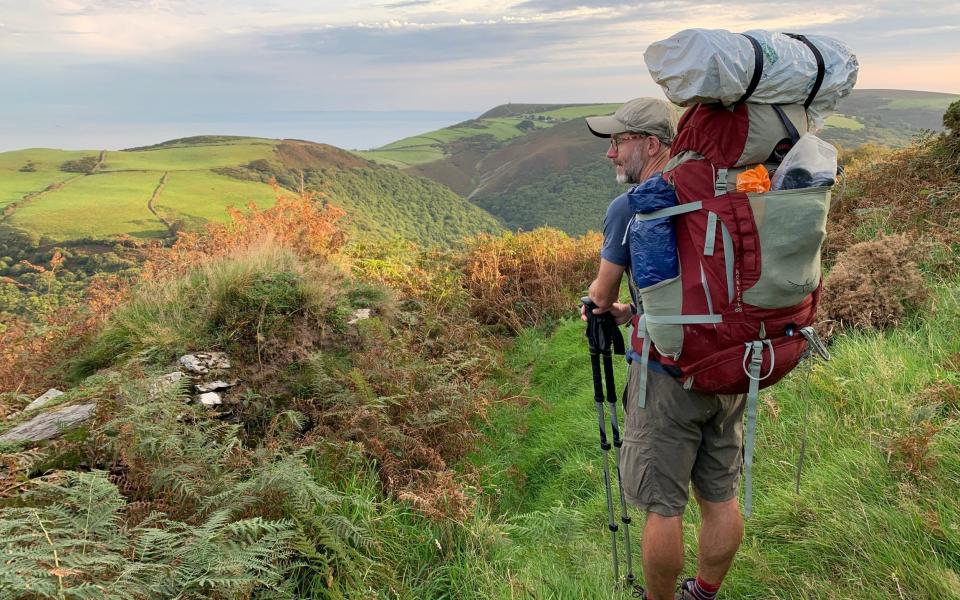
Fortunately for would-be Harolds, a profusion of long-distance trails unfurl from our doorstep. No fewer than 15 routes in England and Wales are designated National Trails, waymarked with the distinctive acorn logo, plus four Long Distance Paths of Scotland identified by a thistle icon. These traverse the Cotswolds and Highlands, wind around the coasts of Devon and Cornwall, Norfolk and Pembrokeshire, follow ancient boundaries along Offa’s Dyke and Hadrian’s Wall. And those represent just the tip of the British iceberg: the Long Distance Walkers Association (ldwa.org.uk) lists an astonishing 1,600 routes in the UK alone.
Across the Channel, 12 official European long-distance paths spider the continent, ranging from a ‘mere’ 1,100 miles to the epic E4, snaking 6,200 miles from Portugal’s westernmost cape to far eastern Greece. There are dozens of GR paths (in French, Grande Randonees – Great Hikes), too, totalling 37,000 diverse miles.
Some trails have long histories. There are the ancient pilgrimage routes, of course – the Camino de Santiago, the Via Francigena to Rome, St Patrick’s Way in Ireland. Others are determinedly recreational or challenging: Sweden’s century-old Kungsleden, or the Tour du Mont Blanc circuit pioneered by Horace Benedict de Saussure in 1767. Enterprising trailblazers ink new routes year by year, too: recently we’ve welcomed Portugal’s Rota Vicentina, Slovenia’s Juliana Trail and the epic Via Dinarica through the Balkans.
A long-distance walk unfolds in miles and chapters, like Harold’s story, with plenty of time and space to write your own tale. Just pick a path.
5 of the best personal pilgrimages
Long-distance routes to book for an uplifting self-guided hiking holiday.
Walk in Harold’s wake, Northumberland
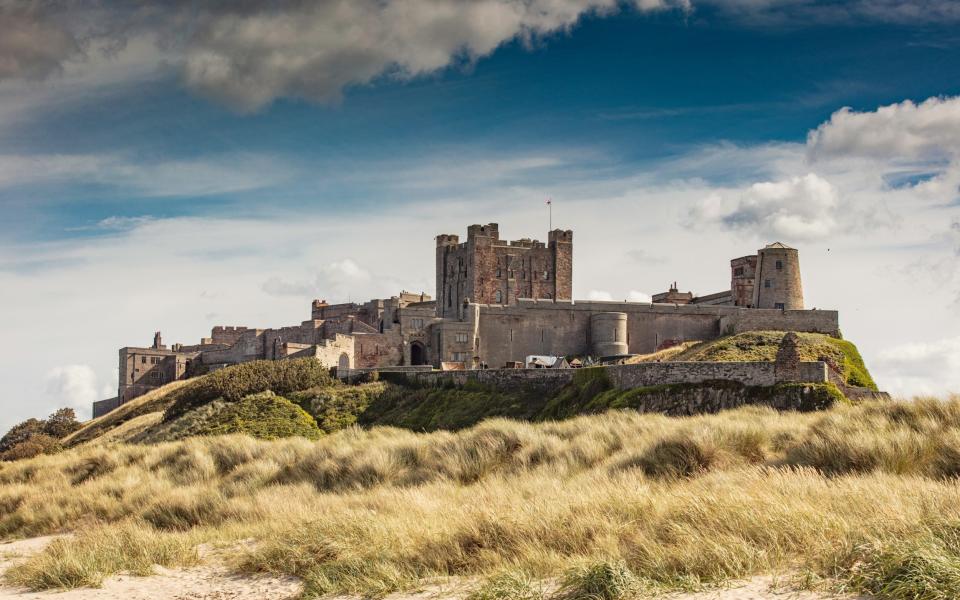
Journey’s end for our unlikely hiking hero is Berwick-upon-Tweed, near England’s northernmost extremity. Harold favoured tarmac over trails; choose instead the 62-mile Northumberland Coast Path, winding north from Cresswell via relatively gentle footpaths, bird-bustling dunes and picturesque harbour villages. En route, admire some of Britain’s most glorious beaches and dramatically perched medieval castles at Warkworth, Dunstanburgh, Lindisfarne and Bamburgh – that latter boasting another screen link as Uhtred’s Bebbanburg of new Netflix hit Seven Kings Must Die.
How to do it: Mickledore (017687 72335) offers a package with six walking days from £880pp including B&B, guidebook, map and luggage transfers; faster options available.
Tackle the original Camino, Spain
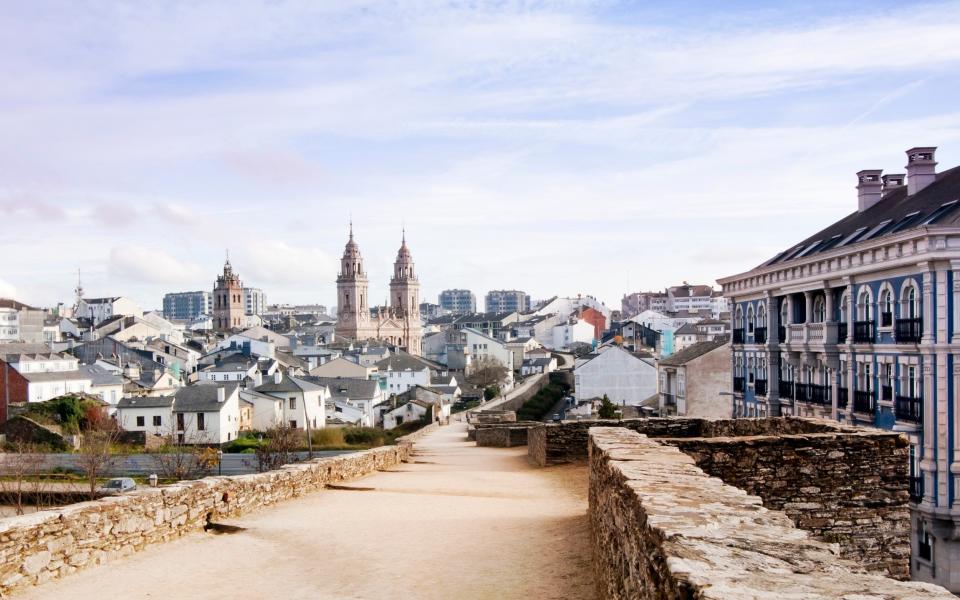
Numbers on the Way of St James continue to soar: some 439,000 ‘peregrinos’ followed the scallop-shell waymarks to Santiago de Compostela last year. But only a tiny minority tackle the Camino Primitivo taken by King Alfonso II ‘The Chaste’, the first pilgrim to visit the saint’s remains after their discovery in AD814. Climbing through the Asturian Hills from Oviedo, this 200-mile route is both more challenging and more rewarding than the busy Camino Frances, taking in such highlights as the Roman-walled city of Lugo.
How to do it: On Foot Holidays (01722 322652) offers a 14-day itinerary from £1,185pp including B&B, three dinners, luggage transfers, route notes and map. Excludes flights; shorter packages available.
Take the high road, France/Switzerland
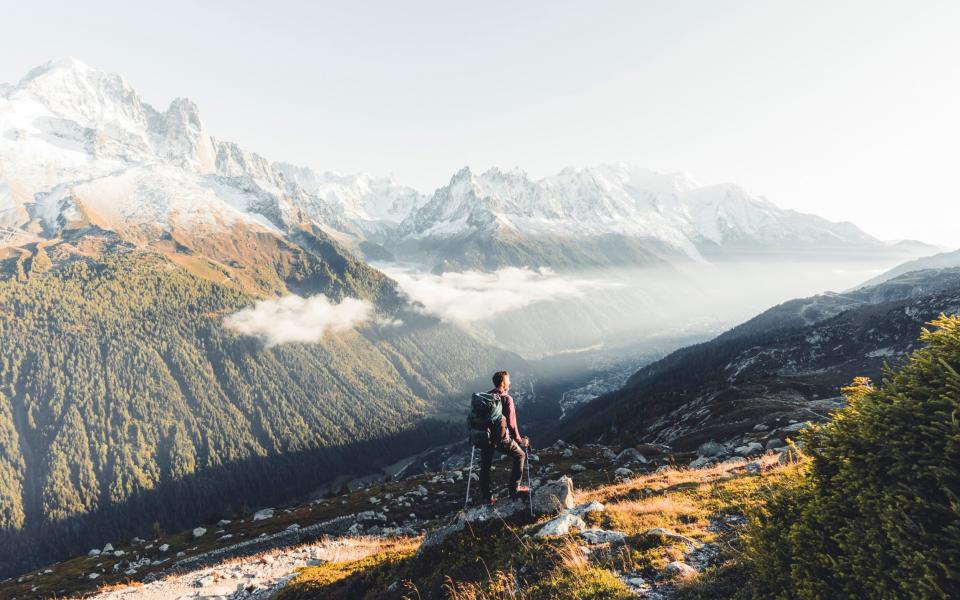
Bookended by Mont Blanc and the Matterhorn, the Alpine traverse known as the Walker’s Haute Route is a geological who’s-who of 4,000m-plus peaks in France and Switzerland. Though not technical, sticking to relatively low-altitude trails, this 121-mile trek snaking between Chamonix and Zermatt is a demanding trek not to be undertaken in yachting shoes. Expect creaking glaciers, pristine turquoise tarns, wood-shingled chalets and meadows echoing with the clanks of cowbells.
How to do it: Macs Adventure (0141 530 5452) offers a 14-night itinerary from £1,870pp including B&B in hotels, auberges and refuge dorms, 11 dinners, route notes and maps. Excludes flights.
Amble an island, Corfu

Just as long-distance walks aren’t all peaks and pilgrims, Greek islands can offer sun, scenic paths and shaded serenity. The 110–mile Corfu Trail takes a determinedly indirect route from south to north, shunning tourist resorts in favour of the tortoise-trundled olive groves, abandoned monasteries, frescoed chapels and isolated coves in which the Durrells revelled. It’s no cakewalk, mind: snaking through rocky gorges, karst plateau and gleaming mountains, the route tops 900m on Mt Pantokrator.
How to do it: Walks Worldwide (01962 302085) offers a 15-day itinerary from £1,369pp, including flights, B&B, eight dinners, luggage transfers, route notes and maps; shorter itineraries available.
Roam to Rome, Italy
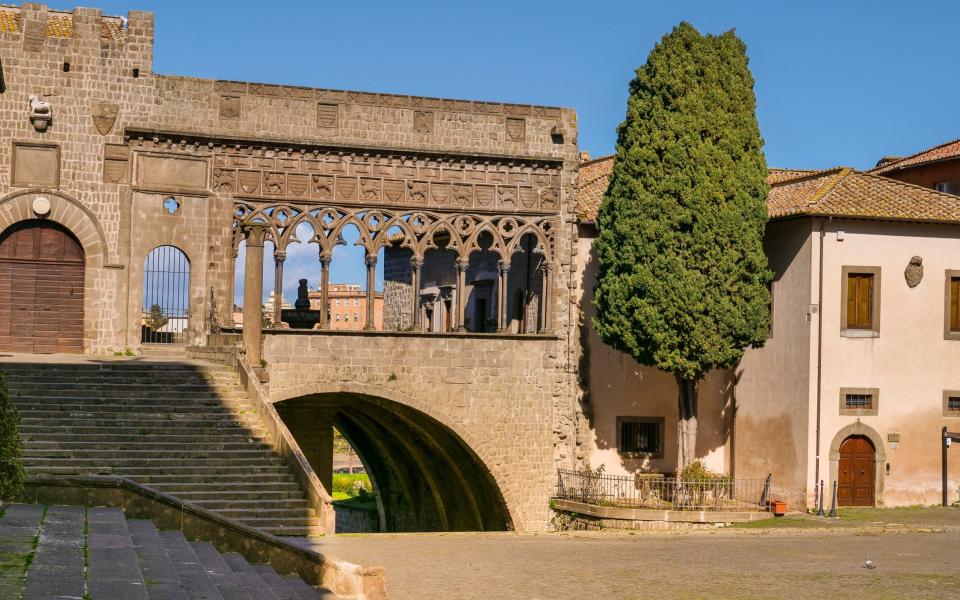
It's over a millennium since Archbishop Sigeric plodded between Canterbury and Rome, trailblazing what’s now the Via Francigena. Few today trek the entire 1,200-plus mile pilgrimage route through France, Switzerland and Italy. Instead, most cherry-pick a stretch – Tuscany is, unsurprisingly, popular. For completists, the final 100 miles from Orvieto to the capital is ideal, tracing sections of Roman road through oakwoods, olive groves and vineyards, valleys and meadows, via medieval hilltop towns and Viterbo’s papal palace.
How to do it: Headwater (01606 369121) offers a nine-night Orvieto–Rome itinerary from £1,149pp including B&B, one dinner, one lunch, luggage transfers and route notes. Excludes flights.


